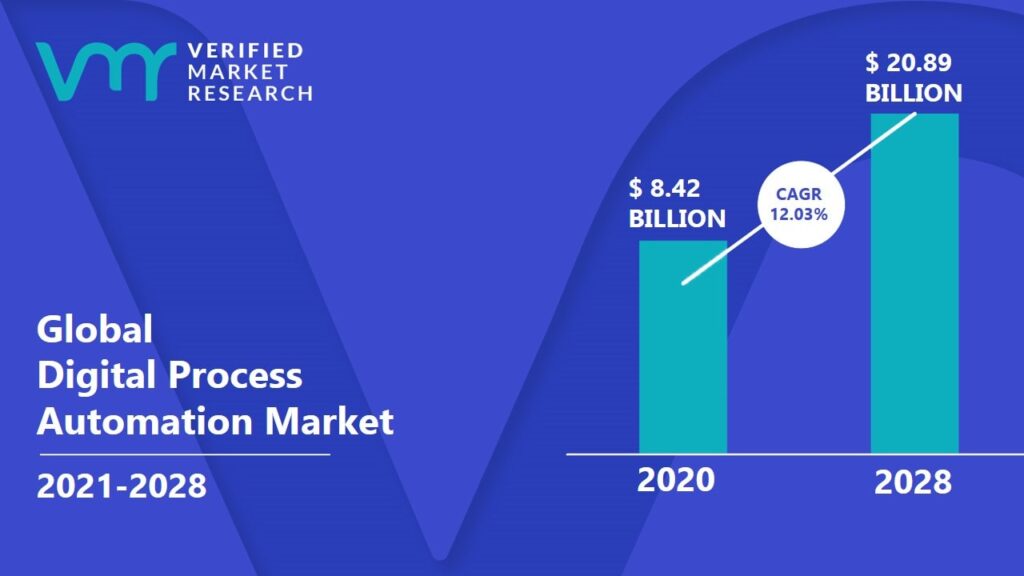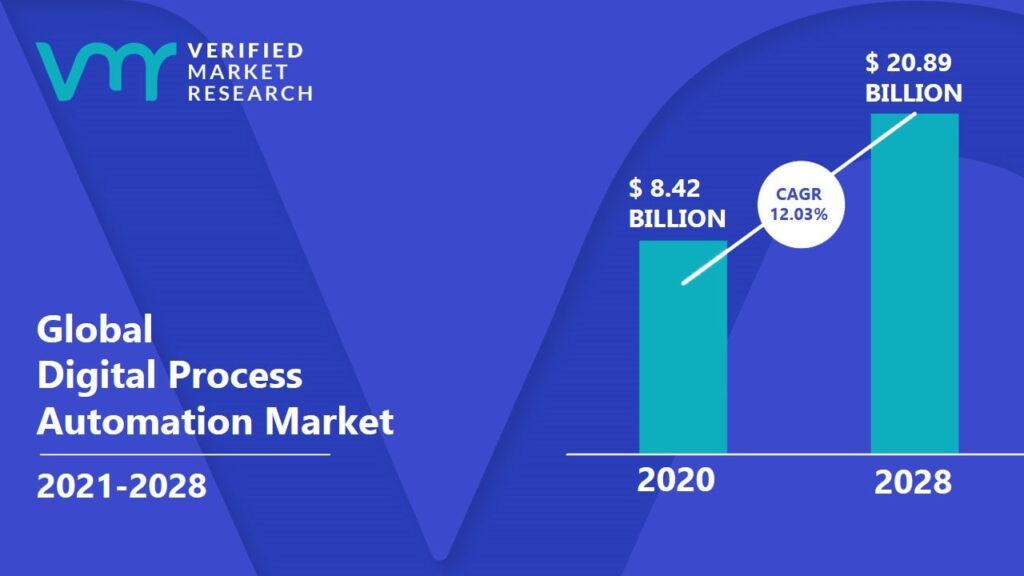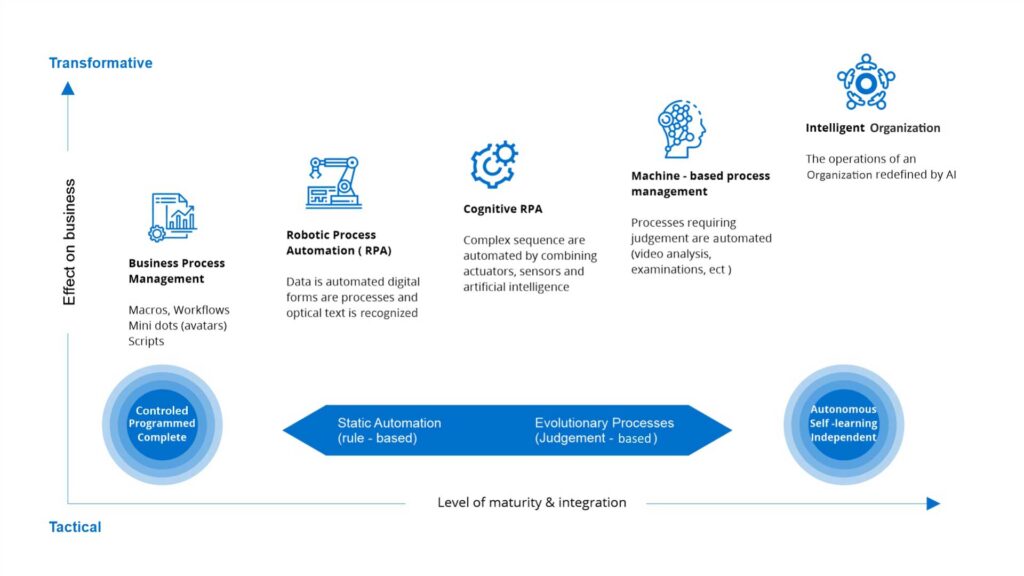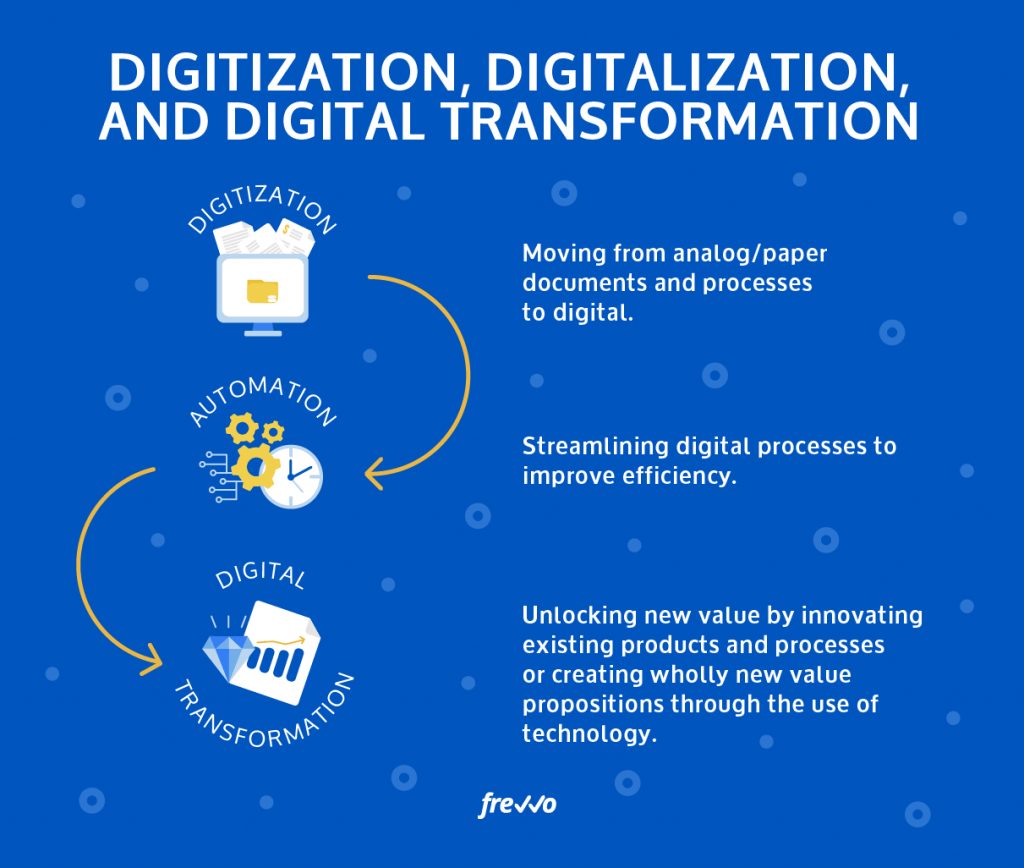
18 Jan Top 7 Advantages of Digital Process Automation
Top 7 Advantages of Digital Process Automation
DPA (Digital Process Automation) rapidly becomes an evolutionary part of BPM (Business Process Management).
An increased number of organisations need to quickly automate their processes to fulfil the demands made by their digital edge.
As a reason for these needs, organisations who use process automation discover that this technology assists in starting new customer relationships.
Also, growing existing client relationships have to learn about digital process automation.
What Is Digital Process Automation?
Earlier, organisations used BPM to develop human decisions and data business processes. But, the advancement of digital tech allowed organisations to switch the human resources that comprised the support of these processes.
DPA refers to the utilisation of digital technology to operate to accomplish the business and workflow goals of the organisation.
Business operations can be automated, including production, marketing, sales, and supply chains.
Here are seven significant advantages that enterprises realise through DPA usage.
1. Cost Reduction for Customer Service
Growing organisations follow the way the ease of business processes helps save costs. Digital Process Automation allows them to produce products to clients quickly and offer the same customer service experience with limited energy-deprived workers.
Finally, organisations can have the better or same service type at a reduced cost. It means that organisations can realise a high profit and use savings to concentrate on some other ventures that will assist the organisation in developing and elaborating in sales in size.
Other trends behind workflow automation include new revenue streams, optimised business processes, and better monitoring and connections, among other advantages of process automation.
While not the entire industry uses DPA to harness the tech similarly, nearly most organisations realise DPA software benefits.
2. Improves Employee Satisfaction
All employees can experience key challenges when they are unsure what their preferences are or what has to come next in their workflow.
With digital process automation, employees correctly understand the points in a workflow where they need to intervene.
An organisation can help ensure that its employees remain motivated and concentrate on performing their work to the best of their abilities by neglecting uncertainties about what employees require.
Employees focused on completing work help organisations save time and money and encourage employees to offer a better experience for clients.
More satisfied clients result in more long-term client relationships for organisations and new clients drawn to use the organisation’s services.
So, encouraging clients results in more long-term relationships for the organisation.
3. Enhances Flexibility and Agility
Businesses need to adjust to the market in today’s dynamic world to quickly stay ahead of the competition. Simply put, improvement is a constant need for many companies.
Automating manual tasks increases flexibility and agility by allowing business processes to change rapidly without input from personnel.
Automation also helps to reduce errors in completing assignments with the same set of information necessary for a task.
The automation of digital processes can help enormously with the work of increasing flexibility and agility. For example, some operations, like data management, can be automated to defy high-volume goals by executing tasks on an extended basis without human intervention.
Automation will not provide overnight miracles, but it does offer a structured step-by-step methodology for improving organisational performance.
4. Increased Time to Focus on Customers
By changing small tasks from employees to digital-based services, digital process automation helps workers have enough time, which means they have enhanced time to concentrate on offering first-class customer service.
Also, DPA helps organisations indirectly boost customer service, improving customer satisfaction. Satisfy means better customer retention rates for existing and new clients who find an organisation’s vital services via reputation.
5. Multiple System Integration
Digital process automation allows organisations to automate different tasks through teams into one. Organisations have improved time to concentrate on some other vital efforts to develop.
DPA allows them to create significantly without investing extra effort and time in expansion. It helps smooth out various business processes throughout a business workflow in a more manageable way. Also, it results in organisations saving time and energy on business ventures.
6. High-Quality Result
DPA helps them reduce the opportunity to make mistakes during the task performance. Tasks will be lest to the oversight of workers without DPA.
Even dependable employees are to make errors than a digital service. Organisations can provide top-notch services by offering jobs inefficiently, most likely to attract new clients and retain existing customer relationships.
7. Smart Measurement
Tasks performed via digital process automation contain a robust dashboard that shows statistics about the processes performed.
This information helps organisations monitor, allowing them to understand how tasks perform. So, organisations can better understand which tasks work well and need any improvement.
Organisations clearly understand which jobs they must focus on to improve customer service. High visibility into the overall automation process encouraged team collaboration with administrators and realised through an advanced system.
Importance of Digital Process Automation

Digital Process Automation is a strategy for AI. Process automation aims to integrate people and machines on the same workflow.
If your business has odd jobs with set steps, you may create shortcuts to use fewer resources. Why does everyone need DPA? DPA allows for reduced IT costs.
Teams’ efficiency has improved over time, so the cost advantage has dulled. However, remaining at a lower price is one reason to adopt process automation. There are other reasons as well.
Advantages of Digital Process Automation Over IT Consultants
IT Consultants may demand more money and probably have a high-profit margin. That’s their job, and they can always charge more if they have to.
Many times, this is a competitive disadvantage in the short term. Over a more extended period, the lower cost of process automation can be an overall advantage over time.
Let’s look at some benefits relative to software development firms—advantages of digital process automation over outsourced projects.
Assume a typical project requires about 15 person-years for large and medium-sized local firms—usually, the resource man calendar days over the project’s life.
Digital Process Automation Prevents Errors
Digital process automation overlooks when looking for ways to reduce errors and improve productivity.
However, it’s a great solution if you’re looking for a low-cost and scalable option requiring manual upkeep and remembering essential tasks.
Bloggers will feel more confident knowing that anything they write is re-written in the time to come, so they don’t have to worry about typos or jumbled sentences.
Errors are unavoidable in the digital world. Sometimes they’re just part of getting work done. However, errors can have costly consequences on projects, promotions, and customer service.
The costs of human error are staggering, to say the most minor – incorrect medication dosages lead to an estimated 1 million deaths per year, according to one article I read – so it may seem alarming to suggest that automation can save lives too. But it can!
Automated systems provide consistency across enterprises with little human oversight, so recurring tasks are completed with accuracy every time.
How Does Digital Process Automation Help a Company Digitise Its Workflows?
Digital process automation helps a company by automating tasks and processes, reducing the possibility of human error, and making manual responses and performed actions more efficient and effective.
Automating workflows can help a company minimise idle time and achieve higher productivity levels.
The ROI on digital process automation is often the strongest when combined with other digital initiatives such as adopting online platforms, enterprise resource planning (ERP) systems, or outbound communications.
This cross-section of digital technologies can help a company simplify its end-to-end business processes and significantly diminish the complexity in managing internal operations.
Why Does a Company Start to Look at Digital Process Automation?
Businesses move to digital process automation for many reasons, but eliminating data entry and manual work is the main push. It increases accuracy and lessens errors related to calculations and financial transactions.
What’s the Potential of Digital Process Automation?

Digital process automation augments human intelligence by simplifying, synergising, personalising, and expediting the use of specific operational routines or sequences of discrete tasks.
It has become an integral part of the strategy to optimise the ROI for various business processes that were previously laborious due to low process accuracy, unproductive operations, and increased risks.
While many other organisations focus on other aspects guaranteeing an efficient output, our particular expertise lies in optimising the customer experience, which has been made possible by delivering high-quality digital process automation services.
How Can Organisations Kick-start with DPA?
Workforces become more dependent on technology. Digital Process Automation is a thing that has wide-reaching applications for companies.
It is vital to start introducing DPA on a trim level when accepting this transformation. The beginning lets organisations ensure that DPA integrates into their current operations.
When process automation is associated with an organisation’s existing processes, many organisations start to grow customer relationships quickly.
When Do I Need Digital Process Automation?

It is not about automating manual tasks, although some level of automation may be appropriate for those as well.
But digital process automation starts before actually starting on the IT and service management process: identify the root cause of the problem and close loops to improve quality and service quality continuously.
It automates and simplifies repeated processes to reduce the likelihood of human error and takes over repetitive tasks. It would help introduce digital process automation when faced with one or more of the following situations.
1. Your organisation is overgrowing – this will lead to increased workloads and bottlenecks for various business processes, which you can solve only by making them automated.
2. The capacity of your staff members has reached its limit – if their power has maxed out, then they’ll have less time in a day to support your customers and keep up with changing market needs.
3. Company’s Digital Process Automation simplifies many tasks without requiring people to have any programming skills. Overall, it is easier, faster, and more cost-efficient than multiple employees performing the same tasks repetitively within a system or process.
Features to Look for in Digital Process Automation Software
The first thing to look for in digital process automation software is an attachment system that allows attachment to social media, YouTubers, etc.
The second thing is to make sure there are no manual tasks for which you need human intervention – any action should represent a step toward eventual automation.
Digital forms of data, particularly contact data from CRM systems, should also be included within the project scope.
It can be difficult if the downside of collaboration is that the query data may get cracked. You need to know that your equipment is working fine, and at the same time, you want to make sure that anything connected to it can do the same.
First, you need to determine which devices are at immediate risk and address those.
Conclusion
Digital process automation will help reduce your cost and increase your throughput. This post will help you to eliminate repetitive tasks.
Digital Process Automation software is easy to use, and it allows you to take advantage of all the benefits mentioned above. It’s a powerful, affordable, and available resource.
If you want to get serious about sales and profitability, you should consider BPM as part of your global marketing plan.
The goal of the DPA is to fully automate the process for creating task-doing actions based on specific criteria in your system that would be fully automated without human intervention.
The post Top 7 Advantages of Digital Process Automation is by Stuart and appeared first on Inkbot Design.



